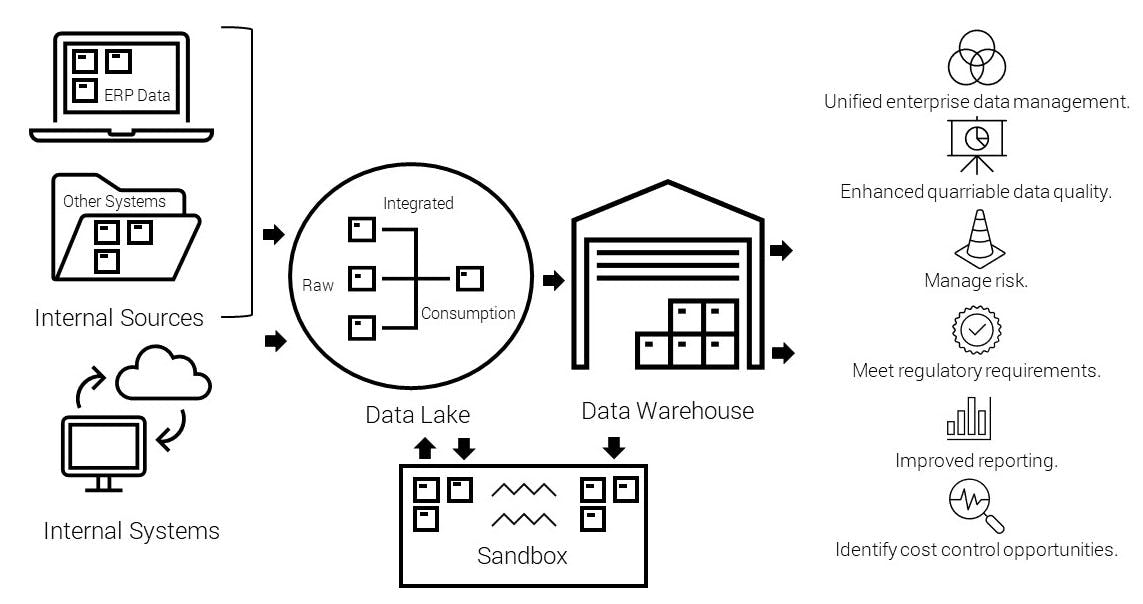
Technology, talent and data strategies to weather uncertain economic times
Economic uncertainty has become commonplace since the start of the COVID-19 pandemic. It’s further exacerbated by international strife, war abroad, rising fuel costs and spiraling inflation. Organizations of all sizes are facing a pivotal moment in time – preparing for a forecasted recession. As the costs of inputs and wages continue to soar, organizations are searching for ways to reduce costs while keeping their most valuable asset in place – their people.
While it can be enticing to increase cash flow by reducing pay, benefits or even headcount, none of those tactics positions an organization for future growth in a competitive employee marketplace. Here are three strategies leaders should consider today to prepare for volatile economic conditions:
1. Invest in long-term results.
Success in all markets, bear or bull, stems from the ability to be agile, adaptive, and resilient. Technologies like AI and cloud have changed how we work while improving productivity and creating new paths to resilience. For executives looking for lessons in the wake of COVID-19, one has emerged clearly: every organization needs to become a tech organization.
Characteristics of a tech organization
Technology has emerged as a critical business capability.
There's a renewed sense of urgency to intelligently select the right path to support their digital transformation.
The right technology can help businesses improve their product and service offerings while also building a more meaningful relationship with customers.
Automation of workflows, reduction of manual work like data entry, and streamlined integrations can provide process efficiencies supported by modern workflows and capabilities leading to a more connected and informed organization. Investments in cloud ERPs and related solutions can elevate your organization’s decision-making capabilities.
Old, inefficient technology can put your organization at risk of missing goals or failing to scale operations or pivot strategies as the market indicates. In addition, legacy technology and aging IT can require day-to-day maintenance, such as security checks, patches, fixes and support calls, plus it can drain an IT budget quickly, leaving only a fraction of the budget for meeting emerging or changing business needs. This technical debt is a burden to business, as they have to have to budget to both maintain and undo the spaghetti bowl of technology created over time.
Planning for your technology transformation is equally important for the long-term success of a company. Charting a path for creating your company's digital transformation helps ensure leaders at all levels are coordinated on goals and objectives, before any money is spent.
2. Elevate your talent.
Equally essential as technology transformation is elevating the skills of your workforce and fostering workplace flexibility, allowing new pathways for career growth. Listen to your employees to learn what their pain points are, where data bottlenecks exist, and what systems are obsolete or unused. Modernizing manual tasks can improve automation while not compromising output, allowing your team to:
- Discover their strengths
- Sharpen their skills
- Deepen their knowledge
- Explore possibilities
- Drive engagement
Investments like these can free your employees to focus on higher-value initiatives, learn new skills and may result in a reshaping of how your organization works. This can result in an elevation of your existing employee’s talent. Talent is the natural ability of people. This is different from companies saying they want to attract, develop and retain talent; that’s about what companies do for themselves. At the deepest level, people want a place where they feel they belong. They want a chance to do interesting work, have autonomy and flexibility, and feel valued for their contributions.
3. Use data to make better decisions.
Effective use of the right data can enable leaders to make more impactful and timely decisions, identify emerging trends and real-time insights to improve operations or pivot strategies. Data analytics further enables your organization’s agility to shift, so that the organization’s limited time and resources can be directed toward the most strategic efforts. Data can also highlight opportunities for cost control. As inflation creates cost concerns, correct data can increase insight into potential containment opportunities.

Additionally, data analysis and visualization can be powerful ways to showcase outcomes with the organization’s board, audit committee and leadership, allowing them to more quickly grasp complex issues and address challenges identified creating a nimbler organization that can adapt to changing markets or economies.
We're here to help
Successfully employing any one of these strategies can make a company more resilient in uncertain times and set the stage for future growth. Combined, these strategies will help a company make better use of technology, talent and data. Eliminating dated or incompatible technologies; incorporating new ways of attracting, training and retaining employees; and managing the business’ most important asset, data, can protect and enhance the business. Contact us to learn more.
